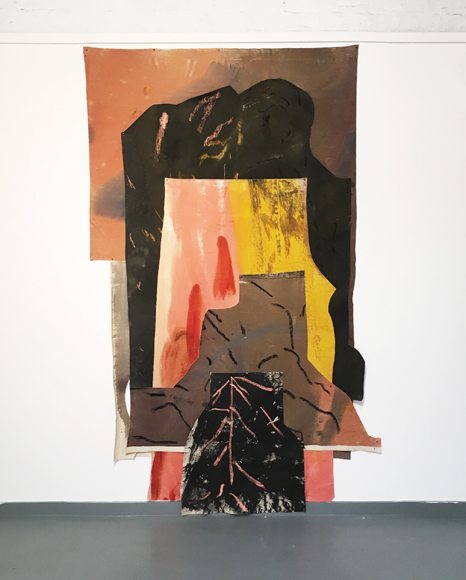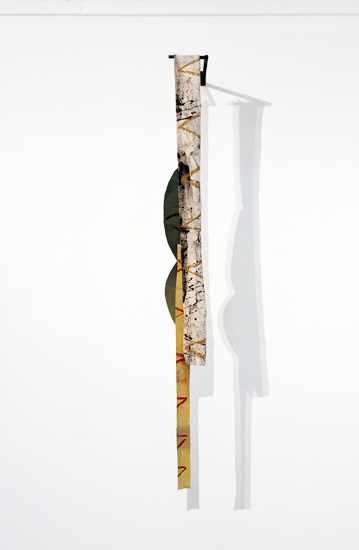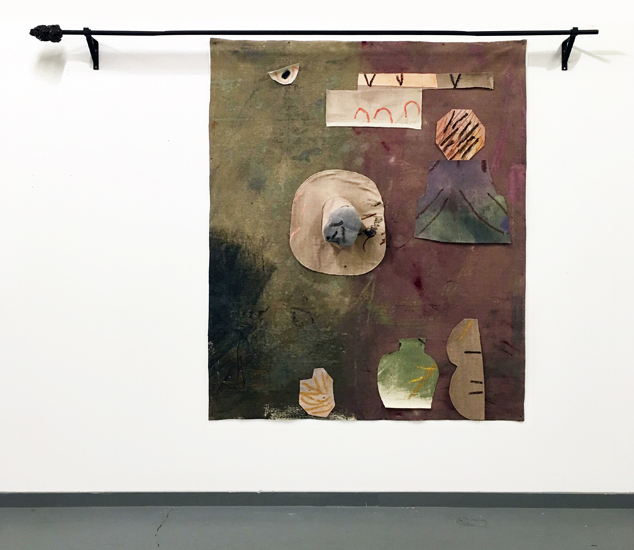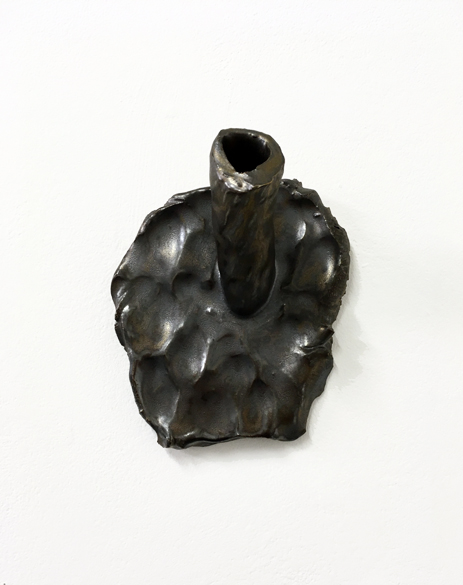The current exhibition at 36 Lime Street by artist David Orme takes its inspiration from a passage in Thomas Mann’s novel, Magic Mountain. In the novel the protagonist Hans Castorp visits a relative staying at a sanatorium in the Swiss Alps, however the intended short visit extends to a lengthy stay of several years. In one particular chapter, Excurses on the Sense of Time the protagonist ponders his visit to the sanatorium, “I shall never cease to find it strange that the time seems to go so slowly in a new place…”. [1] In the digression Mann remarks upon the abstraction of time perception when encountering unfamiliar surroundings, expanding upon the interrelationship between novelty and slowness, monotony and swiftness:
‘Our first days in a new place time has a youthful, that is to say, a broad and sweeping, flow, persisting for some six or eight days. Then, as one “gets used to the place” a gradual shrinkage makes itself felt. He who clings or, better expressed, wishes to cling to life will shudder to see how the days grow light and lighter, how they scurry by like dead leaves, until the last week, or some four, perhaps, is uncannily fugitive and fleet”. [2]
The exhibition installation, a continuum of the creative process, will allow for spatial and temporal exploration. During the installation period Orme will utilise the newness of the gallery space; making use of the liminal interval; he will concede to the gallery’s formation and allow idiosyncratic compositions to form, nurturing their transitoriness. The creative process and the sense of time described in Mann’s novel can both be identified as being liminal:
‘In anthropology, liminality […] is the quality of ambiguity or disorientation that occurs in the middle stage of rituals, when participants no longer hold their pre-ritual status but have not yet begun the transition to the status they will hold when the ritual is complete’. [3]
Working predominantly from a reserve of painted and cut fabric shapes, the body of work on display at 36 Lime Street is in continual flux. Orme’s practise examines the disparate ways in which we (individually and collectively) experience liminality; notions of liminality are alluded to by employing specific processes and materials. His fabric collages are loosely draped or pinned directly to the gallery wall in singular or multiple arrangements, existing as peripatetic assemblages, which emerge from a process of continual revision.
[1] [2] Thomas Mann; Magic Mountain; Penguin Modern Classic reprinted 1971; Translated by H. T. Lowe-Porter
[3] Wikipedia: https://en.wikipedia.org/wiki/Liminality#Rites_of_passage








Leave a Reply